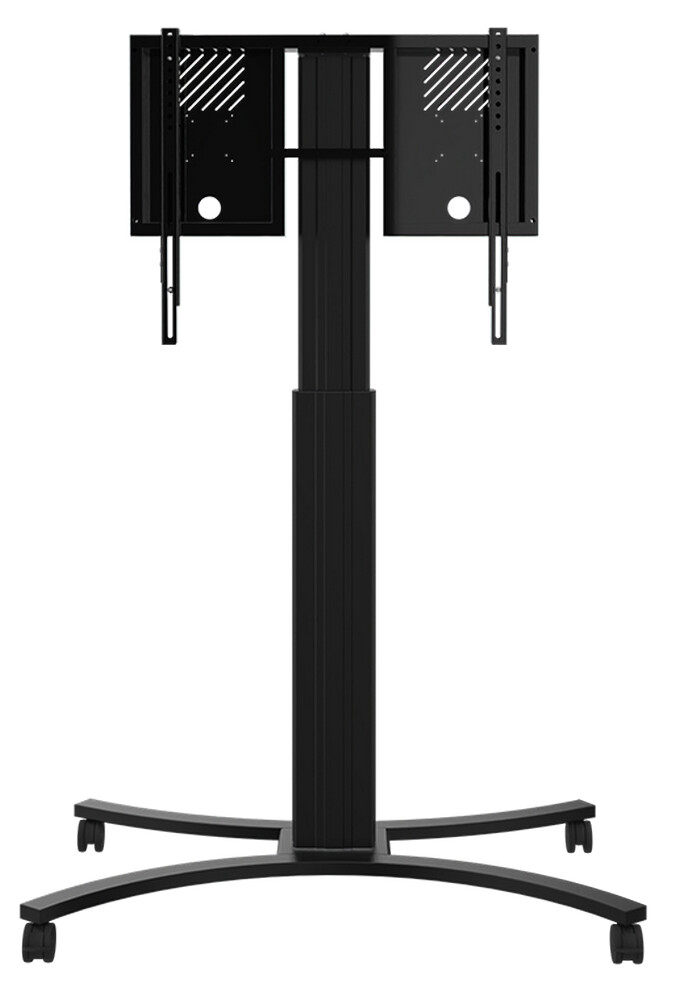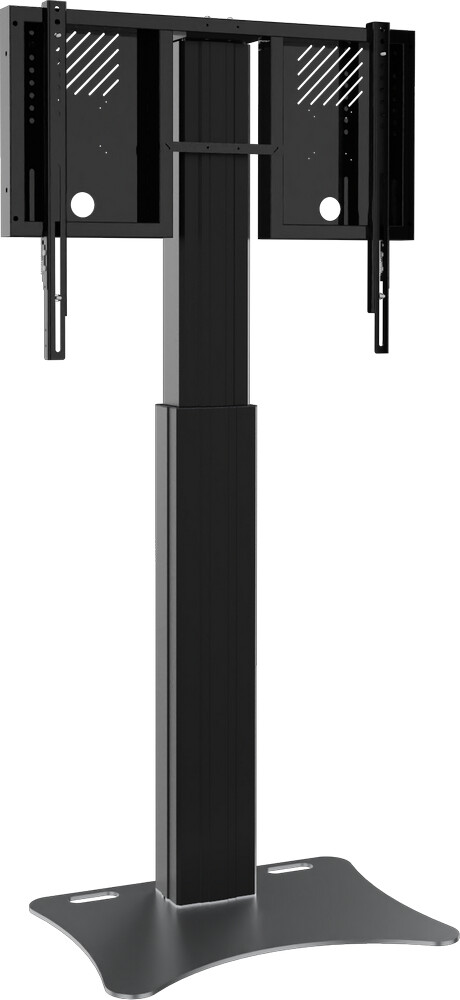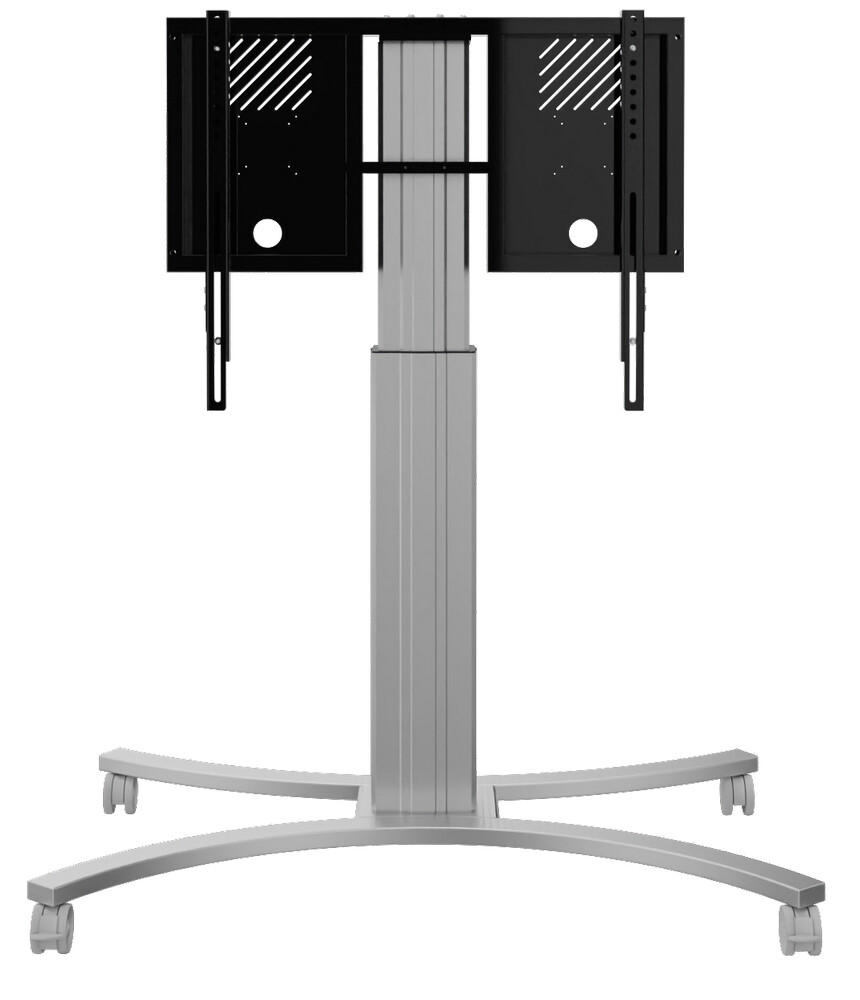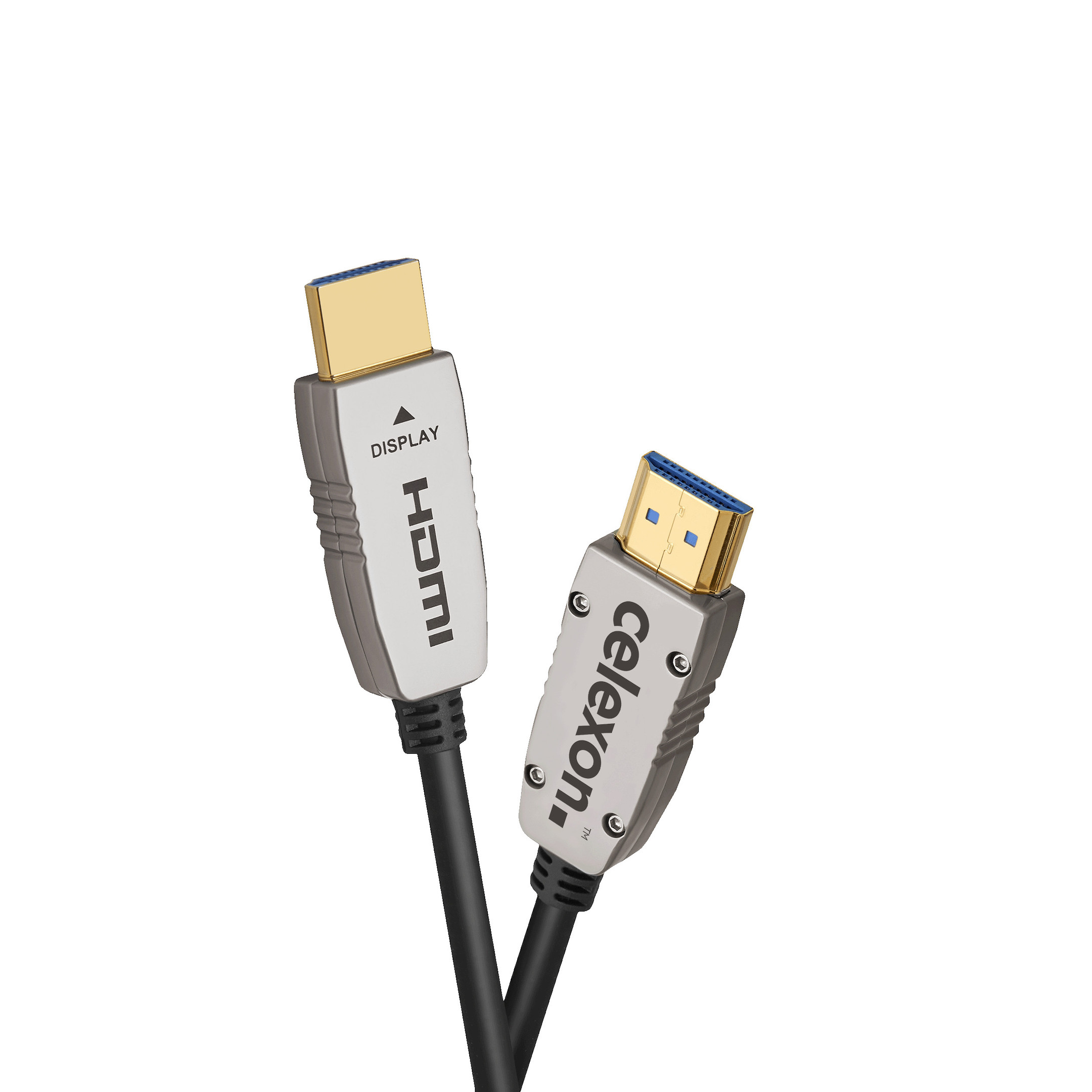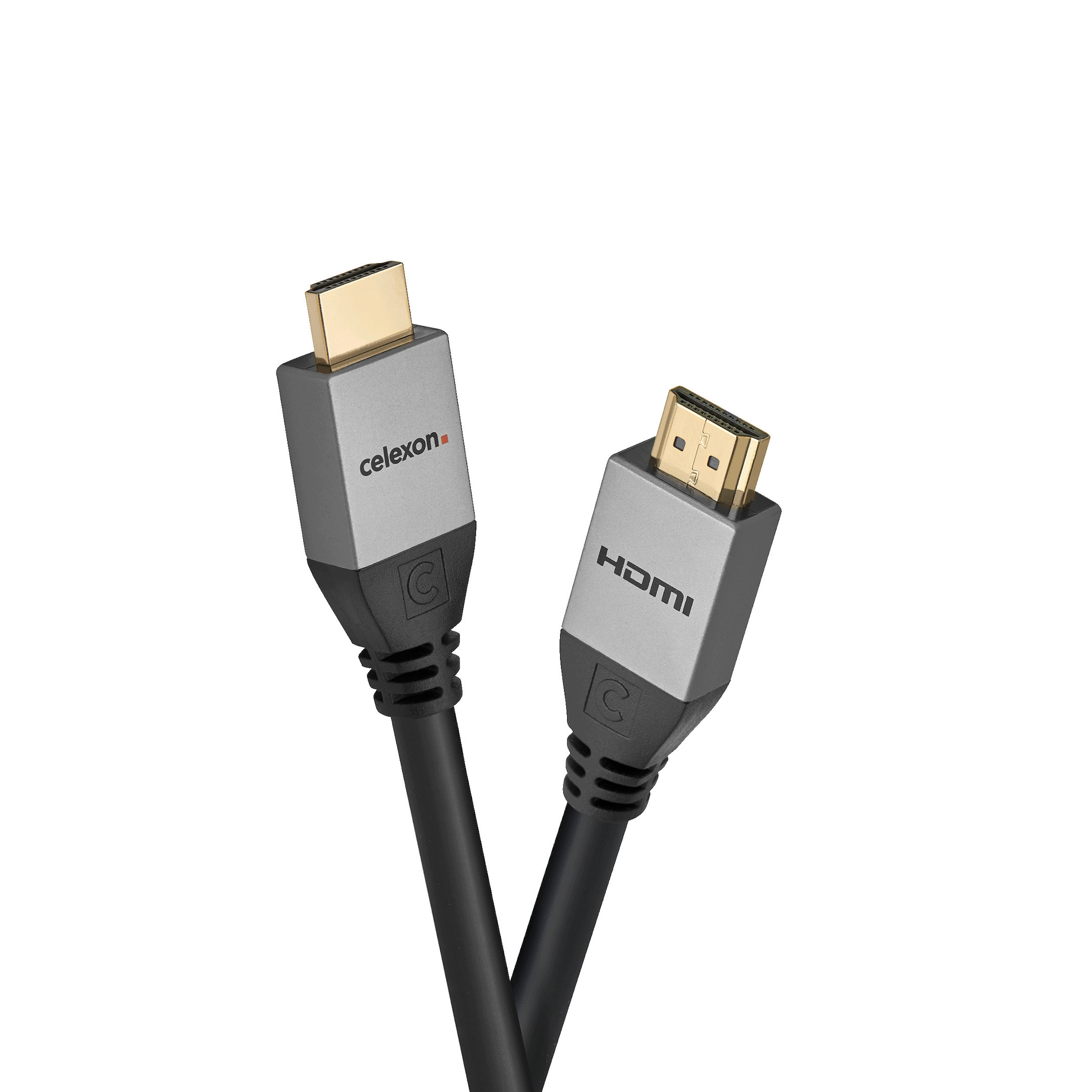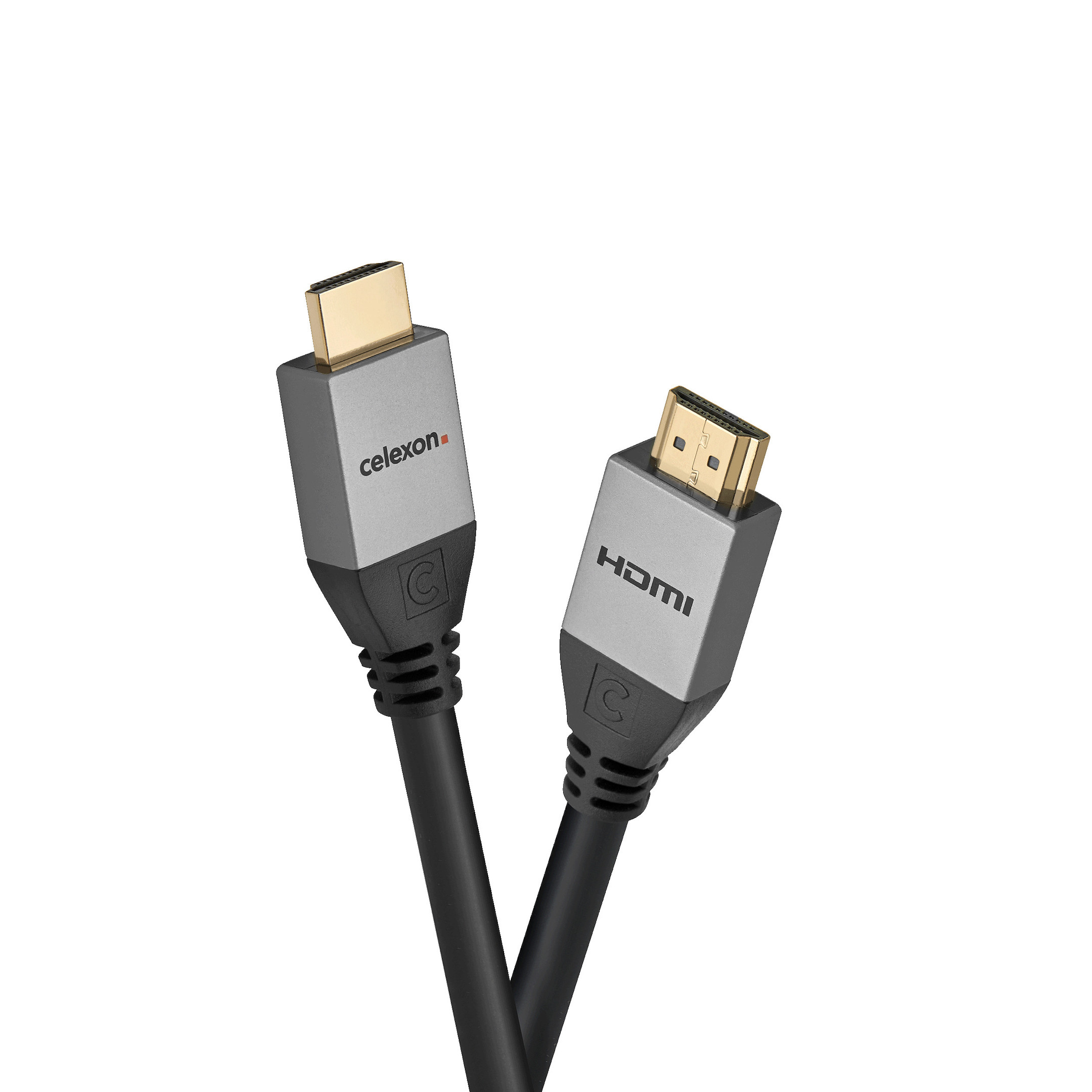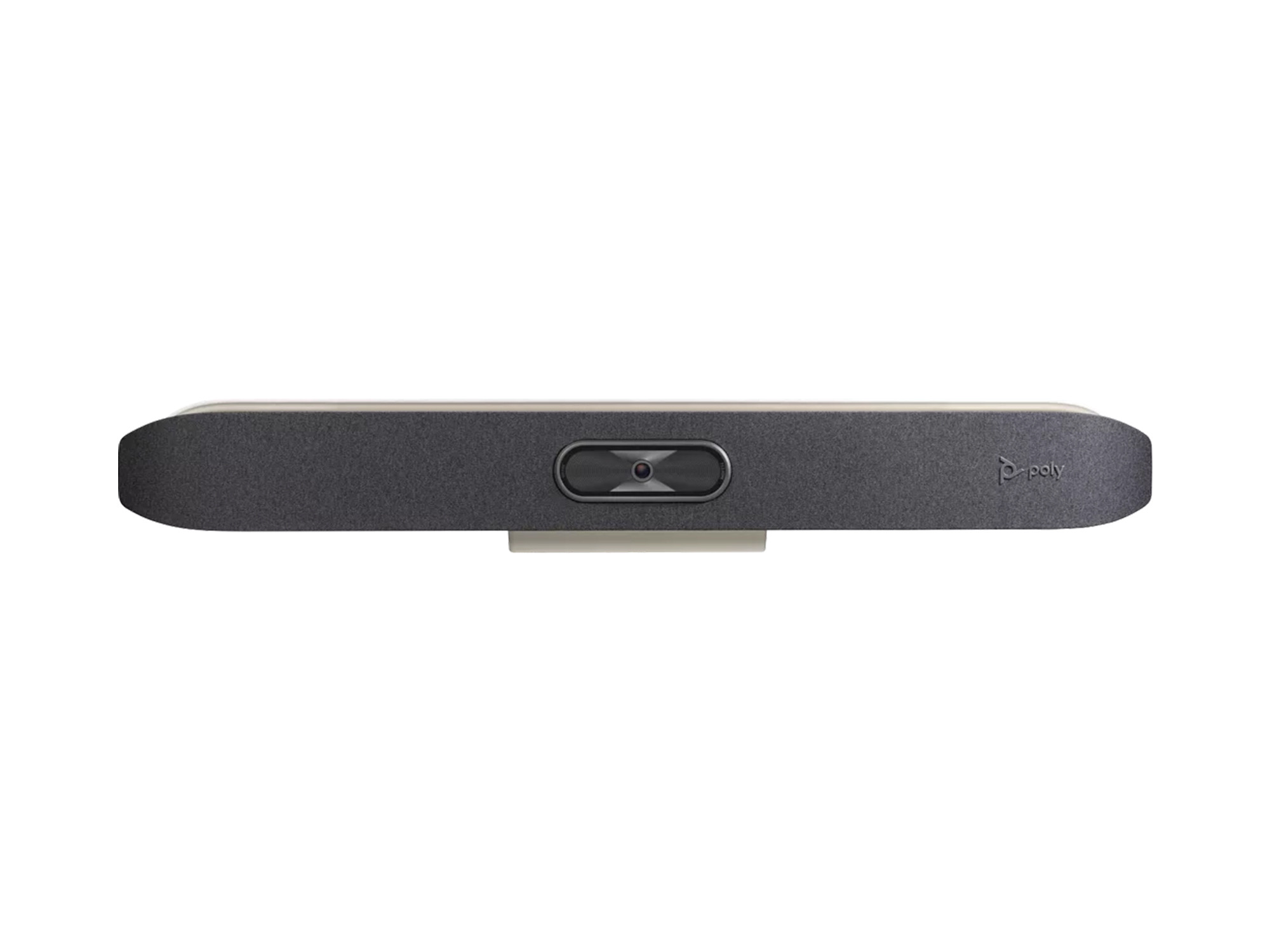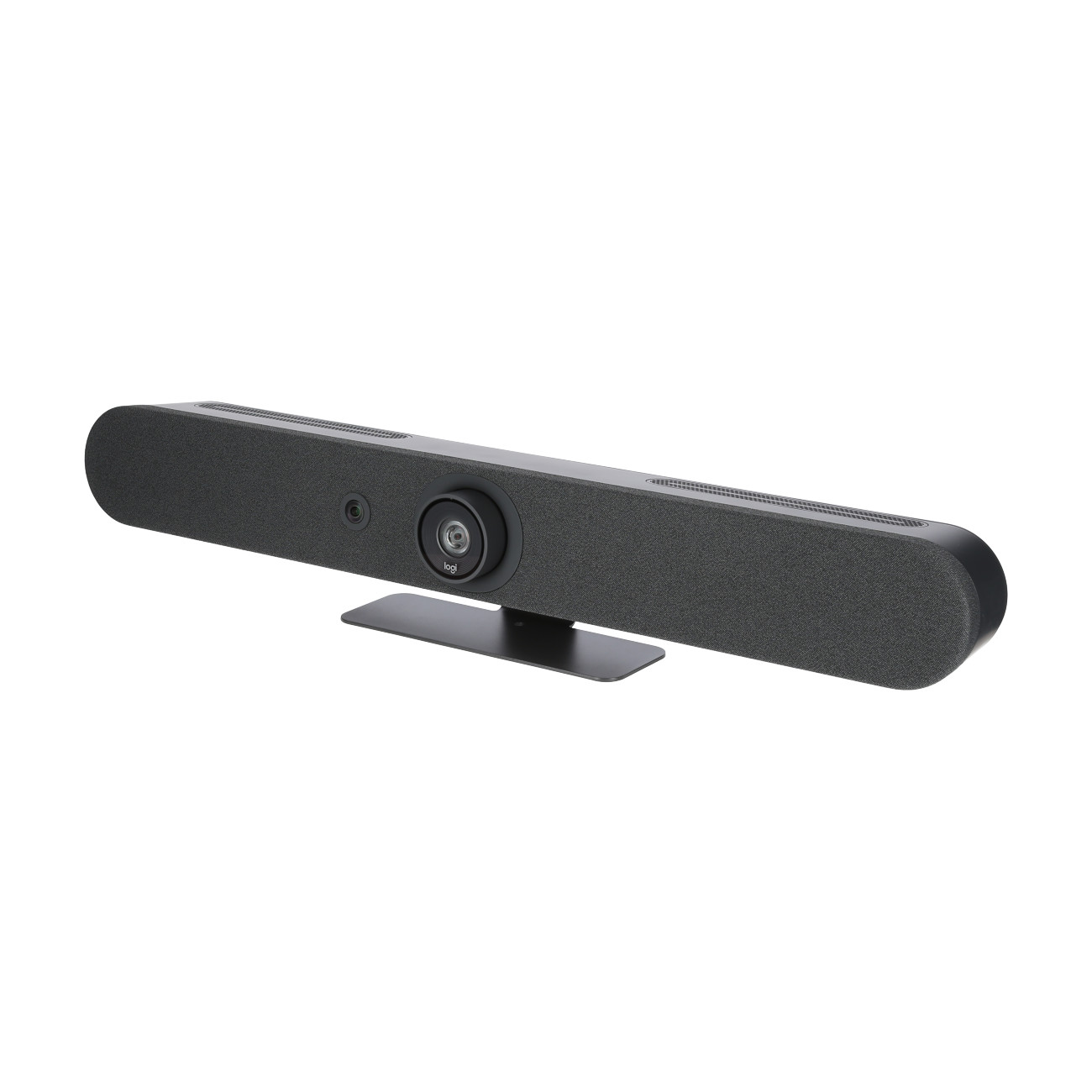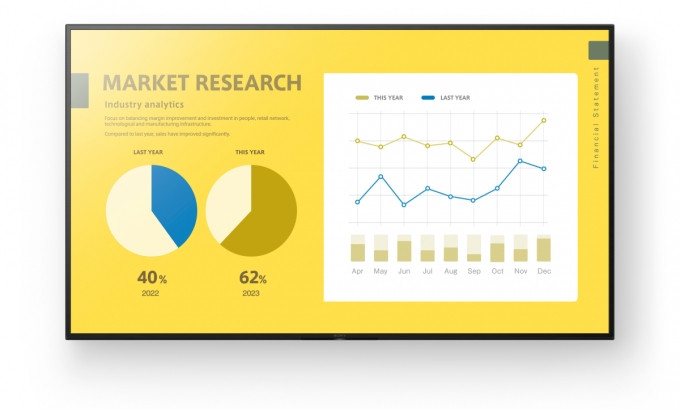











































£1,585.42*
- Resolution 3840 x 2160 4K UHD
- Max. Brightness 350 cd/m²
- Panel type VA
- Contrast Ratio 5,000 :1
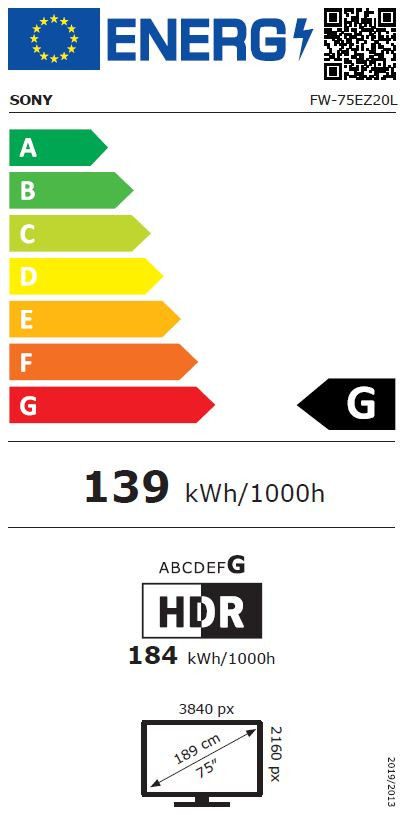


Frequently purchased together
Product information
Optimal for business - easy content sharing, control and customisation
The slim, easy-to-use FW-75EZ20L Professional Display is ideal for digital signage and enterprise applications, adding impact to all your visual communications. Very high 4K picture quality with 350 nits screen brightness paired with easy setup, content sharing and network control - ideal for today's AV environments.
Brilliant 4K picture quality that catches the eye
Sony's advanced image processing technologies ensure your content always looks its best, and the 350 nits brightness ensures clear visibility indoors. The display's wide viewing angle ensures that everyone in the room can enjoy crisp, clear images, no matter where they are.
Even finer details
4K X-Reality PRO optimises images so that they come very close to true 4K quality. Images are sharpened and refined in real time and show additional details in lower resolution content.
Vibrant, natural colours
With Live Color technology, images come to life and shine with vivid, natural colours.
Seamless motion
Motionflow XR ensures smoother, more natural reproduction of fast-moving images on the screen.
Great pictures deserve brilliant sound
The slim format of the FW-75EZ20L has an integrated X-Balanced Speaker™ for high voice clarity in video conferencing and digital signage.
Vertical or horizontal installation
Mount the BRAVIA in portrait or landscape format so that it fits into any corporate space.
Easily accessible side connections
Interfaces for signal connections, networks, etc. are conveniently located on the side. are conveniently located on the side - for easier installation and access when the display is used in portrait mode.
Quick and easy setup
Simple Pro Settings allow the BRAVIA to be customised for any corporate or retail environment. On and off times can be scheduled, the input source can be selected when switching on and the display can be woken up when an input signal is detected - just to name a few functions.
Network control
Control and monitor BRAVIA display functions remotely - such as switching on/off, input source and volume - via IP networks or with the familiar RS-232C protocols.
Signage made easy
With built-in support for HTML5, interactive signage content can be easily displayed with the BRAVIA without the need for a dedicated set-top box, media player or PC. The integrated BRAVIA Signage Free (BSF) 2.0 app automatically plays HTML content, including videos and photos from the display's 16GB internal memory or when a USB stick is inserted.
Wireless screen monitoring
With built-in support for Apple AirPlay and Google Chromecast, you can easily transfer content wirelessly from a handheld device to your BRAVIA.
Sustainability in any environment
The growing demand for ever larger displays also increases the consumption of resources and energy. However, Sony's sustainability commitments are driving efficiency gains, from product development to screens for customers.
Technical data
| Name | Sony FW-75EZ20L 75" Display |
|---|---|
| Article number | 1000030416 |
| GTIN/EAN | 4548736156234 |
| Manufacturer SKU | FW-75EZ20L |
| EPREL ID | 1589637 |
| Model name | FW-75EZ20L |
| Brand | Sony |
| Product Type | Non-Touch Display |
| Technology | LCD |
| Panel type | VA |
| backlight | Direct-LED |
| Resolution | 3840 x 2160 4K UHD |
| Diagonal | 75" |
| Aspect Ratio | 16:9 |
| Viewing angle - Horizontal | 178° |
| Viewing angle - Vertical | 178° |
| Contrast Ratio | 5,000 :1 |
| Max. Brightness | 350 cd/m² |
| run-time | 16/7 |
| Response time | 6ms |
| Haze Level | 1% |
| Support - VESA | 300 x 300 |
| Frame width | 12 mm |
| Operating system | Android |
| RAM | 16 GB |
| Inputs | 1x 3,5mm Jack , 1x Composite-Video , 1x Ethernet , 2x USB-A , 3x HDMI |
| Outputs | 1x 3,5mm Jack |
| wireless technology | WiFi |
| Features | HDR , Integrated speaker |
| Product width | 168.6 cm |
| Product height | 96.9 cm |
| Product depth | 7.2 cm |
| Weight | 30.4 kg |
| Colour | Black |
| EEK Spectrum | A to G |
| Energy efficency class | G |
| Delivery contents | Power cable , Remote control |
| Condition | New |
| Warranty | 36 Month |
| Warranty type | Swap service Service and support information |
Downloads
Product safety
| Person responsible for the EU |
|---|
| Sony Europe B.V. |
| Kemperplatz 1 |
| 10785 Berlin |
| Germany |
| info@sony.de |




